#Alexander Teixeira de Mattos
Note
i recently stumbled across your page for recommended translations of phantom and because of it i just bought coward’s version for my to be read list. however i was curious to know how i could identify the version i bought from Barnes and noble? it is the bn exclusive with other gothic tales included.
the Barnes & Noble Classics edition uses the 1911 abridged Alexander Teixeira de Mattos translation of Phantom of the Opera.
there used to be a Barnes & Noble Classics edition with really nice illustrations by Rachel Perkins (it's out of print now, but you can still get it used), but i don't know who the illustrator is for the "Phantom of the Opera and Other Gothic Tales" edition.
6 notes
·
View notes
Text
One can get used to everything... if one wishes...
Phantom of the Opera, Gaston Leroux (trans. Alexander Teixeira de Mattos)
#books i read in 2022#phantom of the opera#gaston leroux#alexander teixeira de mattos#i mean i think#again my copy does not credit a translator#so i just had to figure it out based on googling key words and phrases#if i am wrong please let me know#three stars
1 note
·
View note
Text
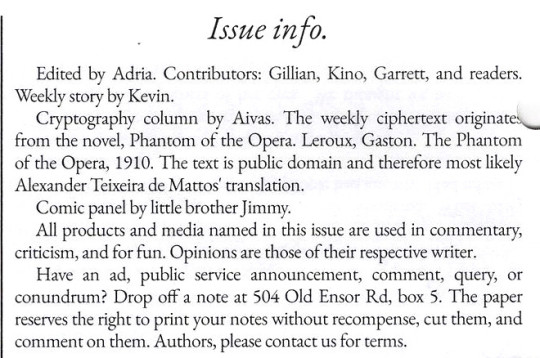
Edited by Adria. Contributors: Gillian, Kino, Garrett, and readers. Weekly story by Kevin.
Cryptography column by Aivas. The weekly ciphertext originates from the novel, Phantom of the Opera. Leroux, Gaston. The Phantom of the Opera, 1910. The text is public domain and therefore most likely Alexander Teixeira de Mattos' translation.
Comic panel by little brother Jimmy.
All products and media named in this issue are used in commentary, criticism, and for fun. Opinions are those of their respective writer.
Have an ad, public service announcement, comment, query, or conundrum? Drop off a note at 504 Old Ensor Rd, box 5. The paper reserves the right to print your notes without recompense, cut them, and comment on them. Authors, please contact us for terms.
0 notes
Audio
MaskedLion’s rendition of Erik’s Monologue as Translated by Alexander Teixeira de Mattos
9 notes
·
View notes
Text

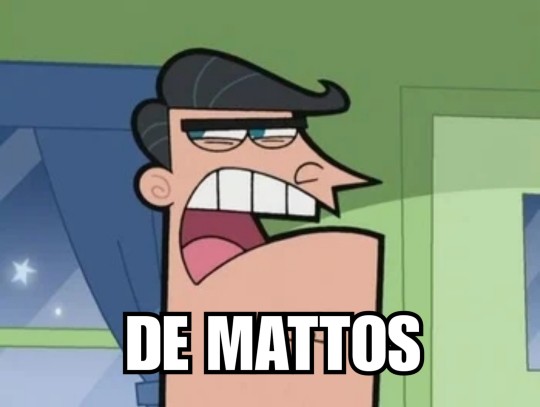
#i went looking for pictures of the (apparently fictional) castle mentioned in ch. 2 and found an old enemy#i'm reading it in french but this post-dispatch page came up in the images and i was like oh cool a local version!#alexander teixeira de mattos#arsène lupin#my edits
13 notes
·
View notes
Photo

The pond - Carl Ewald and Alexander Teixeira de Mattos - 1922 - via Internet Archive
2K notes
·
View notes
Text
Okay.
So. I, personally, have read the original novel, translated by Alexander Teixeira De Mattos. I've seen the ALW musical live, I've seen the 2004 movie based on the musical, I've seen the Charles Dance miniseries, I've even read Phantom by Susan Kay. I say this only to preface that I sincerely love The Phantom of the Opera, and have invested a lot of time and energy into consuming and discussing it.
Now that all of that's out of the way, this is (in my opinion that no one else has to share) the worst adaptation of The Phantom of the Opera that I've ever seen.
I am disappointed, because MazM's Jekyll and Hyde was so good--it was book-accurate, it kept all of the same themes, and it was gorgeously designed and full of suspense and intrigue. The same cannot be said for this game. I have only three major complaints, the rest aren't nearly as important to me and could be excusable if not for the previously mentioned three.
1. Erik.
Erik, Erik, Erik, this character that we call Erik. He is by far the most important character and the one this game butchers the most horrendously.
In the original novel (which is my point of reference) Erik is a pitiable man who has suffered tremendously--and I say pitiable because the book itself tells the reader to pity him. His face inspires fear and hatred in all he met, even in Christine, and for this he was ostracized and hunted. There is no mistaking, in the original novel, that he has led a miserable life that is made miserable by the torment he is subjected to by others.
But this game makes a point of changing that.
Instead of the outcast we see in the novel, MazM deigns to assert (literally, through dialogue) that the terror and hatred of his face is a self-made construct, something only one person, the Shah, ever subjected him to. Gone is the man hated by the world, with a good reason to go underground and with an even better reason to fear showing his face; instead we are given a man tortured by one individual, who is understandably afraid of further torment, who's insecurities are denied and played as "paranoia". This bizarre choice seems to stem from the narrative choice, a baffling and all-together damning choice, to make Erik a full-on villain rather than the byronic hero he was written as.
(I will also point out that, if his insecurity was merely unfounded paranoia, why was he a circus attraction, again? Surely if the Shah was the only person to loathe Erik's face, then he wouldn't have been sold and used in this way--after all, what use could a circus have for a conventional man, even if he was ugly, other than as an errand boy? This is a paradox--a raging plothole.)
This leads into my next point: Erik, in this game, does not love Christine. He doesn't even seem to like her all that much. The point of the novel was that compassion is a strength, not a weakness, and that everyone is capable of and deserves compassion. The Erik of Leroux's work chose compassion, as was the point of the novel, and let her go--because he loved her. This is how he transcends villainy and becomes a byronic hero; because he lets her go, proving he really did love her after all, because to him, her happiness was more important than his.
This Erik calls Christine worthless, talentless, and by the end of the game refers to her solely as "the devil". He has no sympathy for her pain and is completely apathetic to her emotional and even physical state, only once showing concern for her health when she feigns illness to escape his lair. In every conversation he makes an effort to showcase his villainy and cruelty, with pointless threats and constant bullying that is simply not present in the novel. In the novel, Christine and Erik are never shown interacting casually; the only conversations we are privy to are when he abducts her the first time, and when Raoul and the Daroga are listening through the torture chamber wall. Never once do we see them in a music lesson, or even when they're inside of Erik's home. This has lead to speculation about the true nature of their relationship by fans, namely the question of how Christine viewed him--did she love him in any way, were they close, how did she feel about all of this, etc. The only confirmation about her feelings we get is that she is terrified of him and wishes to escape from him. The interpretation that MazM goes with is an incredibly dull one; that Christine's feelings aren't complicated, that they don't have a real relationship, and that all she feels is resentment and terror, nothing more.
To wrap up this section, MazM's Erik is a flat, Machiavellian, loveless creature who, despite his incredible trauma and stunted emotional/moral development (not my interpretation, this is told to us), is met with disdain and malice, who ultimately dies unloved and abandoned in a "karmic" move by the writers that is entirely upsetting and unfulfilling. He makes no move for change because he's a "monster" and "monsters" don't change, do they? Instead of loving Christine, he feels nothing but possessiveness towards her and wishes to marry her to own her like a prized jewel, not because he feels a kinship with her and hopes that he can be human with her. This Erik is not the Erik that Leroux wrote; this is a cheap cartoon-villain copy.
2. Christine and Melek
I will begin this section by stating that Melek is not a character. Melek is a tool, a reason why Erik cannot and should not be redeemed.
Melek doesn't exist in the novel, which would be fine were she not such an obvious puppy for Erik to kick, but it shows in her execution. She has no purpose; she has a paltry backstory and no diversity of characterization, making her flat, 2D, lifeless. In the last two chapters she ceases to exist altogether, barely speaking to Erik or Christine except to offer vague commentary about their arguments. I know exactly why--because the conflict is between Erik and Christine, and Melek has no part to play in their confrontation. (Why they didn't have Erik throw her in the torture chamber alongside Raoul and the Daroga, I'll never know.) Furthermore, she has the honor of saying one of the cruelest sentiments this game has to offer--that Erik, who in that moment is in the midst of a flashback to his time in Iran, "deserves" to be tormented in this manner, to have PTSD and flashbacks, which is a statement I didn't think MazM was low enough to make, but apparently they are. I could condemn this character on this act alone, but fortunately for us there is more to discuss, and one of those things is her relationship with Christine.
Christine in the novel was a woman with a good head on her shoulders and an even greater heart. She first and foremost acted with everyone's safety in mind, obeying Erik's demands to keep Raoul and herself safe, but she also defied him by speaking with Raoul and going out of her way to protect him in cases such as the Masquerade ball. Her agency is never in question as a reader: she is doing what she must to survive and also finding ways to defy her captor at the same time. Her ultimate act of defiance, however, is not against Erik, but for him--she chooses the scorpion instead of the grasshopper. This is important--in the novel, Raoul and the Daroga both believe that she will choose the grasshopper and they all will die, not because they doubt her courage, but because they don't think anyone could or would choose the scorpion. She however defies all expectations, chooses the scorpion, and promises to be Erik's living bride, meaning she won't commit suicide to escape him, before kissing him on the forehead. This is what compels Erik to free her; this compassion. Compassion is, again, the main theme of the novel.
According to the game, however, Christine is a naive and waifish character who, as the characters are so eager to tell us, lies to Raoul and submits to the Phantom not to protect both of them, but because she wants to "change" Erik, and is too forgiving to stand up for herself. Her clever lies and omissions aren't her means of protecting herself and the man she loves, but instead they are spineless, and indicative of her "flawed" worldview: that anyone can redeem themselves and that everyone deserves compassion. (To be clear, this isn't my opinion on her actions--I personally think her actions in the majority of the game make sense--this interpretation is asserted by the characters themselves.)
This ties into the other reason why Melek exists: to facilitate Christine's character arc by telling her that those who do bad things can never do better, that good people are good and bad people are bad, and that those who hurt them deserve to die. As you can imagine, this "arc" is a downward spiral, in my book. Novel Christine was defined by her compassion, her greatest strength. She cared for all in the opera house, from the ballet corp to the stagehands to the costumers. She extended this care towards the one man who probably needed it most, and ultimately it saved quite literally everyone, including herself. MazM Christine however is defined by weakness, by her inability to stand up for herself even when it could endanger her, and her "growth" as a character is a slide into cruelty and apathy, one that not only is disappointing to watch, but is antithetical to the original novel's themes. (It also makes Erik a weaker character--he doesn't let her go because he loves her and wants her to be happy, but instead lets her go because...they bully him, I suppose? It seems that all Christine needed to do to escape him was to tell him off; this isn't my grandfather's Phantom. What happened to the Angel of Death, assassin for the Sultana?)
Melek and Christine's relationship is one that only serves Christine's development; Melek isn't made better by knowing Christine, other than being freed by her. Melek is a victim first and a person second, serving as damnation for Erik and as a rallying cause for Christine. And she's one of only three WOC in the entire game--and on that note, every WOC, that being Meg, Carlotta, and Melek, serves as a hype-man for Christine, encouraging and uplifting her without any encouragement or support in return. Out of them, only Meg has a character arc, and all three fall into uncomfortable stereotypes; Carlotta, who is Romani in the game, falls into a common caricature of black and brown women--she is dominant, aggressive, sexual (via her curves and large breasts, which she is the only character to exhibit), and mature, all counterpoint to Christine, who is waifish, thin, and young--Meg falls into a literary stereotype for black and brown women--she is the best friend, the cheerleader on the sidelines, with only a paltry attempt at her own character arc that is still centered around Christine--and Melek falls into a white savior fantasy with some ableism mixed in--she is helpless to the abuse of her not-husband Erik, and she is completely dependent on Christine, white and seeing, to plan and enact her rescue as well as finally stand up to Erik. (If there was a legitimate reason as to why Melek was incapable of the multiple escapes that Christine was able to enact, then I wouldn't have as much of a problem. Christine is able to escape into Erik's room and Melek's room from the Louis-Phillipe room, and all within her first day of being trapped there. Melek was there for ten years. What gives?)
In summary, Melek doesn't have agency or depth as a character, serving only to facilitate Erik's and Christine's characterizations, and Christine is a hollow mockery of her novel self; her character arc is antithetical to the novel's themes in every way. Speaking of Christine, that leads me to my third and final major complaint:
3. Raoul
When I was perusing sites like Tumblr to see what the general consensus on this game was, I was pleasantly surprised to find that it was supposedly book-accurate and that Raoul was held accountable for his possessiveness, something never addressed in the novel.
These were lies.
I was promised a Raoul who realized his mistakes and made active strides to be a trusting, supportive partner to Christine. What I got was Erik 2.0 and a last minute "apology" that felt more like an ex-boyfriend swearing he'd changed, he went to therapy, he'd never do it again, than a legitimate recognition of his failings.
First of all, he is more novel-accurate than I'd like. By this I mean he is unbearable to watch. Raoul is the worst part of the original novel, and I don't say that lightly. In the game he is annoying, petulant, demanding, incompetent, and worst of all, all of these things while also being the endgame love interest. In the game these are inexcusable, while the novel at least has reasons for his awful characterization.
Let me clarify. The Phantom of the Opera is a mystery novel. Gaston Leroux was a prolific mystery author, and this novel is no different. Earlier I spoke of Erik and Christine's relationship being mostly undefined and hidden from the reader--this is because of the mystery surrounding who the Phantom was, the main mystery that needed to be solved by the end of the novel. Raoul is our main protagonist, though he is only one of several other narrators, those being Gaston Leroux himself, the two managers, and the Daroga. Because of his status as a mystery protagonist, he needed to be out of the loop as long as possible before discovering the truth, leading to a frustrating slog through Raoul's possessive internal monologue about Christine. The red herring that Leroux chooses to employ is simple: Raoul is absolutely certain that Christine is in a romantic affair with this "Erik" figure she speaks of, and he convinces himself that that is the reason why she won't accept his advances and is being so cryptic and distant with him. This is why he is so possessive over her to the point of jealous tantrums, because the plot needs him to not listen to Christine to stall his discovery of the Phantom's identity as long as possible. The Daroga comes in to expose the truth when they descend to the lair, and promptly his possessiveness goes away.
The game has no such need for this behavior. Not only do most people know that the Phantom and the Angel of Music are the same and are terrorizing Christine, but the game itself takes place partially from Christine's perspective, completely spoiling the mystery that necessitates Raoul's ridiculous behavior. The ALW musical had the right idea--to make him impulsive, but otherwise good-natured and completely trusting of Christine. This game however chooses to keep this jealousy for only god-knows why.
I, at first, assumed it was to make Erik a "dark mirror" for him--to make Raoul unlikable and to eventually have him see himself within Erik, and realize that he needs to either shape up or ship out. This would also explain the flattening of Erik's character, as a means to make Raoul a deeper character. But this didn't happen.
Instead I saw Raoul time and time again apologize to Christine, swear he'd changed, and then repeat those exact same mistakes again and again. Even after Erik had died and Raoul was offering Christine the train tickets at the literal end of the game, he was pressuring her, insisting on the course of action they "needed" to take, and offering no compromise, asking her to leave the country with him by the next Tuesday and leave behind everyone she'd ever known without any consideration to how she'd feel. He was still trying to control her, even after the supposed "character development" he'd had. The game tries to remedy this by having them recognize this failure and to have Raoul yet again make a promise to do better that the audience has no reason to believe. He has failed every other time to make improvements and to do better, but we're supposed to believe him this time? Why? Because she loves him and he loves her?
The concept of having Raoul be toxic at first and then learn from his mistakes is not a bad one, just one that was executed horribly here. He commits the same sins the antagonist does, the sins that earned that antagonist a death sentence, and he got to walk away with a hopefully-ever-after if you choose to leave him, and a happily-ever-after if you choose to go with him? All because of an apology we can't trust? He has none of the excuses the book Raoul does and all of the audacity. Christine's entire arc is about rejecting those who try to control her, but this sentiment is suspiciously absent whenever Raoul is involved. He is by far the most annoying and insufferable character in the game whose mere existence undermines the base themes of the game.
There are lots of little things too.
The managers are just as unbearable as Raoul, only they are minor characters and aren't literally deuteragonists. The choice to make them malicious is a strange one, as it is unnecessary and only serves to drag out the episode count. The novel's managers weren't like this, so there's no excuse. In ALW's musical, the managers were antagonistic alongside Carlotta to give the Phantom a reason to harass them, thus making him more heroic as well as making Christine more of an underdog. The choice here is completely unnecessary; it achieves nothing. They aren't more men telling Christine what to do, as she isn't part of the strike and never stands up against them, so they can't be serving the theme. They aren't making the Phantom look better, since he's a straight-up villain. Who's character arc do they serve? Raoul? He barely interacts with them after the initial complaints he tries to make against them. I suppose they're great if you like them--IF you like them. If you don't, then they are borderline painful to watch.
The Daroga's relationship with Erik is bad. The insistence by the narrative that they have a father-son dynamic instead of the friendly one they have in the novel is strange, especially because this is used to pass the blame for Erik's actions onto the Daroga. It's in conflict with what we've been told about Erik--is he responsible for his actions or not? Is the Daroga responsible or not? Is Erik a wayward child in a man's body with no understanding of right and wrong, or is he a sadistic torturer who delights in suffering and doesn't see value in morality? According to MazM, he's somehow both. He commits great sins and should be punished, but at the same time he doesn't know what sin is. How can he be condemned if he doesn't know what he's doing wrong? How can he be so delightfully cruel if he supposedly doesn't know what he's doing? How can the Daroga be blamed for "not teaching Erik properly" is he is only 6 years older than him and not responsible for another grown man? How can he be blamed for Erik's actions since they were not his own? How can he be blamed for not telling Erik that his relationship with the Shah was abusive when doing such a thing could get both of them killed--the Daroga for turning Erik against the Shah, and Erik for trying to leave? Is it not a little bit racist to make the Daroga, the only MOC, somehow responsible for Erik's bad behavior? These are all questions MazM happily ignores. The second most interesting relationship in the novel--the fraught, tense friendship between Erik and his peer, the Daroga--is spoiled in a way I really don't like. I personally loathe the removal of Erik's only equal, making all of his relationships have power imbalances.
I don't like the designs either. Erik's design is the best, and is my second-favorite Erik design ever under the musical design. Christine having magical-girl hair is just strange. I don't know why they introduced it. It makes no sense. Meg doesn't look like she's related to Madame Giry at all--no joke, I legitimately thought the game was going to reveal that she was actually Erik and Melek's child, and that that was why Erik foretold her rise to Empressdom, because it was favoritism. Before I played the game and had only seen the art, I thought that Melek was Madame Giry because of how similar they look. Moncharmin's design feels a bit...anti-semitic, with the hooked nose, and it irks me that Richard also has one; this wouldn't be an issue if Melek wasn't the only other character to have a hooked nose. Also, Moncharmin's design is just strangely unrealistic compared to the other designs. He's in a different art style to all the other characters and it throws me. The detective looks like a Black Butler character for no reason, and this would be fine if there were other characters that looked the same. But there aren't. He's the only one.
Jammes is airheaded in a bad way. She's charming to me, thankfully, but it's a bit much at times. Also, Jammes and Sorelli are their last names. Jammes' first name is Cecile.
The only character to have PTSD is the villain. Not Melek or the Daroga, not even Christine who was abused by her father. I mean, I knew that MazM's stance on PTSD was bad, but this is just icing on the cake.
This game is a drag. It really digs in its heels. The amount of time spent on every interaction is ridiculous. The fat desperately needed to be trimmed from this story; the novel wasn't even this long, and it's over 100 years old, archaic manuscripts loved purple prose. The parts that weren't explored in the novel that could have been explored to satisfaction--mainly Erik and Christine's relationship and their characters in general--weren't explored to satisfaction.
Okay, I'm done. I've gotten all the achievements, I've spent way too long thinking about this game, I'm calling it quits here. If you enjoyed this game, that's okay--you're allowed to enjoy things even if other people don't, or even if they're problematic or genuinely bad. I believe in the power of people to take in art critically and enjoy it while still understanding its problems.
Again, Jekyll and Hyde was very good, so I know that MazM is capable of producing good art. Part of me wonders if this wasn't an attempt to separate themselves from the other POTO adaptations, and it just went off the rails from there. I can't understand it. It's not like the Phantom won in the novel--he literally dies from possible heart failure (and maybe because of untreated wounds after Raoul shot him, but its never confirmed if it was Erik's eyes that Raoul saw in the night or just a street cat) and chooses not to seek medical attention or aid, probably because he sees himself as saved by Christine's compassion and has no desire to live any longer. This isn't a win by any means. This is a final act of goodness that he decides to die after committing. That doesn't scream victory lap to me.
Anyways. If anyone's reading this, go read the novel. It took way less time--about a third of the time, actually. Go watch the miniseries, its different in strange ways but is still enjoyable. The musical is the best adaptation; ALW was right when he said that Leroux didn't know what he had when he was writing POTO. The story is so much better as a gothic romance.
Alright. Thank you for reading.
#I wrote this for steam#and found out the hard way I couldn’t put this into a review#I had to put it somewhere#mazm phantom of the opera#mazm#erik poto#erik#erik phantom#Christine#Christine Daáe#raoul de chagny#raoul#Carlotta#Meg giry#jammes#sorelli#daroga#nadir khan#the phantom of the opera
99 notes
·
View notes
Text

Day 5: Alexander Teixeira de Mattos, creator of the first and most famous English translation of the original The Phantom of the Opera novel. The Teixeira de Mattos Sampaio e Mendes family was a noble, charitable of Portuguese Jewish origin, having been driven out of Portugal to the Netherlands by Holy Office persecution.
There Alexander’s family converted to Protestantism and later Roman Catholism.
Influenced by his religion and the Victorian influence of the time (Victorian Britain was obsessively engaged in battling obscenity in print,) de Mattos left a lot of scenes out of his translation, most of them concerning Christine’s awakening sexuality and her more complicated feelings for Erik. He also purposely edited scenes that revealed Erik’s more gentle side as well as those that presented Raoul in a less flattering light. Interesting fact is that de Mattos did fight for a private issue of unexpurgated re-translations of six of Émile Zola’s more controversial novels on behalf of the Lutetian Society.
Due to the poetic nature of the prose as well as the fact that his work is the most easily available (cheapest) translation, his vision of the story is the one that is most well known, for better or for worse as it means most people unwittingly read a heavily edited abridged translation. It has certainly been a source of confusion and surprise amongst fans who own a more recent complete translation.
💖🕎💖
35 notes
·
View notes
Text
Episode 4: (What's a Gyarados?) Show Notes:
You can listen to episode four on any major podcast provider HERE and on Apple Podcasts HERE.
This is a long one--we covered a lot of ground in episode four! And as Gabi mentioned at the beginning, we did a silly thing and recorded it in front of an open window. That resulted in about four brief moments where there's a weird, unpleasant reverb sound and we're awfully sorry about that. (We learned our lesson, though! It won't happen again.)
Books Discussed:
The Beast Player by Nahoko Uehashi, translated by Cathy Hirano
Anxious People by Fredrik Backman, translated by Neil Smith
Simon Snow trilogy by Rainbow Rowell (Carry On, Wayward Son, and Any Way the Wind Blows)
Arsène Lupin Gentleman Thief by Maurice LeBlanc, translated by Alexander Teixeira de Mattos
Whipping Girl by Julia Serano
Minor Feelings: An Asian American Reckoning by Cathy Park Hong
Empire of Wild by Cherie Dimaline
The 2021 Rhysling Anthology edited by Alessandro Manzetti
They Made My Face by Sara Backer (https://www.silverblade.net/2020/08/they-made-my-face/)
Sealskin Reclaimed by Alison Bainbridge (link unfortunately unavailable; it was probably originally published in a print journal)
Kings and Queens of Narnia by Meep Matsushima (https://microverses.net/archives/285)
The Ruthless Lady's Guide to Wizardry by C.M. Waggoner
Other Books Mentioned:
Cherie Priest (title unmentioned, but the book Smack referred to is called Grave Reservations)
Squad by Maggie Tokuda-Hall
The Wood Wife by Terri Windling
A Fire Upon the Deep by Vernor Vinge
Among Others by Jo Walton
Dog Songs by Mary Oliver
Upstream: Selected Essays by Mary Oliver
Strongmen: Mussolini to the Present by Ruth Ben-Ghiat
On Tyranny: Twenty Lessons from the Twentieth Century by Timothy D. Snyder
The Robber Girl by Franny Billingsley
Chime by Franny Billingsley
The Snow Queen by Hans Christian Andersen
Chime by Franny Billingsley
Agrippina: The Most Extraordinary Woman in the Roman World by Emma Southon
The Amazons: Lives and Legends of Warrior Women across the Ancient World by Adrienne Mayor (cover below, since we mentioned how pretty it was during the unboxing)
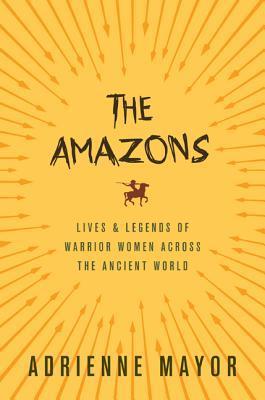
The Beast Warrior by Nahoko Uehashi translated by Cathy Hirano
Mongrels by Stephen Graham Jones
The Devourers by Indra Das
The Deficit Myth: Modern Monetary Theory and How to Build a Better Economy by Stephanie Kelton
Unnatural Magic by C.M. Waggoner
The Corpse Queen by Heather Herrman
Lumberjanes Vol 7: A Bird’s Eye View by Shannon Watters (Author), Kat Leyh (Author), Noelle Stevenson (Creator), Grace Ellis (Creator), Brooke Allen (Creator), Maarta Laiho Carey Pietsch (Illustrator), Ayme Sotuyo (Illustrator)
Snapdragon by Kat Leyh
Giant Days by John Allison and Lissa Treiman
And finally, this is a gyarados:

#podcast#gyarados#The Beast Player#Anxious People#Simon Snow#Carry On#Arsène Lupin#Gentleman thief#Whipping Girl#Minor Feelings#An Asian American Reckoning#Empire of Wild#Rhysling award#speculative poetry#2021 Rhysling Anthology#The Ruthless Lady's Guide to Wizardry#C.M. Waggoner#Nahoko Uehashi#Cathy Hirano#Rainbow Rowell#Cherie Dimaline#Fredrik Backman#Neil Smith#Maurice LeBlanc#Alexander Teixeira de Mattos#Julia Serrano#Cathy Park Hong#Alessandro Manzetti#book unboxing#books
6 notes
·
View notes
Text
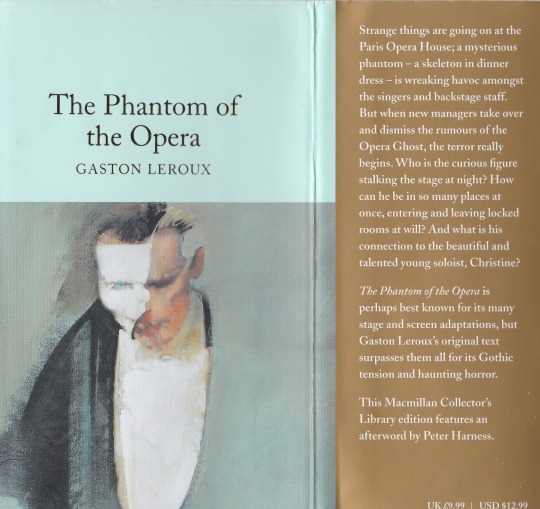

Translator: Alexander Teixeira de Mattos
Extras: Gilded edges, illustrated endpapers, engraving under the dust jacket & afterword by Peter Harness.
Format: Hardcover
Publisher: MacMillan Collector's Library
Published: 2016
ISBN: 9781509826674

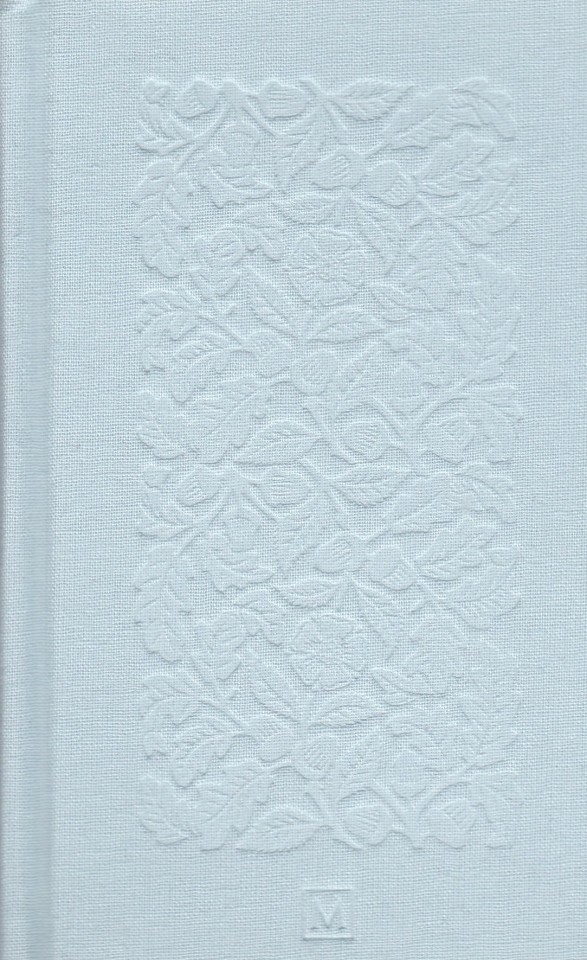
21 notes
·
View notes
Text
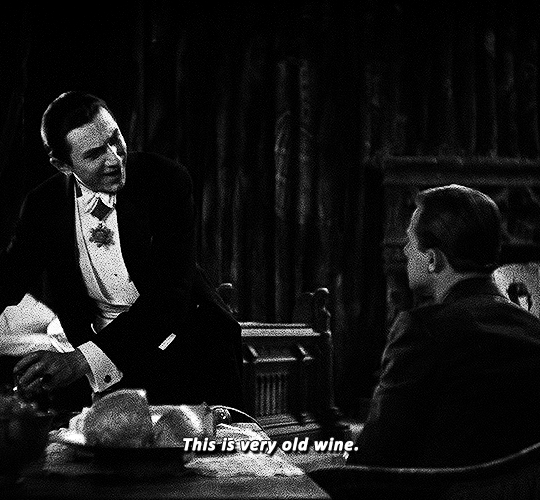

Jonathan Harker, Bram Stoker’s Dracula, 1897


Christine Daaé, Gaston Leroux’s Phantom of the Opera, 1909
Oh how interesting! Both Count Dracula and Erik find Tokaji a wine fit for serving their prisoners - I mean - esteemed guests. And chicken too!
I’m not so sure this is just a coincidence. While Dracula was written too late for Erik to have read it, Leroux almost certainly read it and made this reference to it in his own novel published twelve years later. It would have been fun if Erik had been overtly trying to emulate Count Dracula to impress or frighten Christine, but it’s just as fun to think Leroux dresses Erik in references to gothic literature to impress and frighten us, the readers.
The Tokay and lack of appetite plus the coffin bed make a strong case for Leroux stanning Stoker:

The Count has his coffin-home and Erik has his open coffin under a canopy like the drama queen we love:


Tokaji or Tokay is a sweet wine from the Tokaj region of Hungary and Slovakia. Königsberg (now Kaliningrad) is an ancient city on the Baltic Sea. It used to be part of Prussia. Then Germany. It is currently part of Russia. I assume that by the “Königsberg cellars” he meant the cellar of the Königsberg Castle. It definitely had wine cellars and, even though it isn’t anywhere near the Tokaj, it probably had wine from all over the world. This detail seems a little random, but again, Teixeira’s translation fails us!

In the original French, the bizarre reason Erik gives for taking wine from the cellars of Königsberg is that “Falstaff sometimes frequented” them. I don’t know Verdi’s Falstaff well enough to know if this is true, or has any importance to the opera. This could all just be a big inside joke between Leroux and his opera and wine loving friends.
Imagine Erik creeping around this old castle just to steal some wine. Sadly, this castle is no more. It was bombed in 1944 and the ruins were later destroyed by the Soviets.

Thanks to @phannah--montana for pointing out the Tokay in Dracula and letting me write a whole essay about it.
#phantom of the opera#dracula#tokay#tokaji#königsberg#gaston leroux#alexander teixeira de mattos#le fantôme de l'opéra#bram stoker#opera#falstaff#gothic literature#dracula daily#poto-dracula
262 notes
·
View notes
Photo
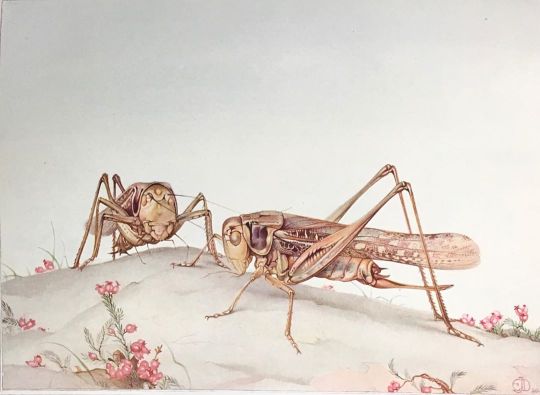
Grasshoppers from "Fabre's Book of Insects: retold from Alexander Teixeira de Mattos' translation of Fabre's "Souvenirs entomologiques" by Mrs. Rodolph Stawell; illustrated by Edward Julius Detmold, 1935.
34 notes
·
View notes
Note
since i've seen the poto 25th edition albert hall and really reallyyy enjoyed it, i was thinking about reading the book. now i was wondering, should i read the novel from 1900s like the original one by Gaston Leroux or should i pick the version that appeared later by Andrew Lloyd Webber?
I’m not sure what you’re referring to when you say the version by ALW, as far as as I know he has not published a Phantom of the Opera book, just the 1986 musical. To my knowledge there have been various editions and translations of Gaston Leroux’s original novel published with ALW inspired cover art, though.
Now as far as the original novel by Gaston Leroux goes, if you enjoyed the musical then I absolutely recommend you read it! Most free versions of the book that you can find online are the translation by Alexander Teixeira de Mattos, which generally is considered to be incomplete by most Phans. It was the first translation of the book I read and while I did enjoy it, I’d suggest reading another translation to get a better idea of the story as Leroux intended.
I personally would recommend the version by David Coward, which is an unabridged translation of the original French text. It was recommended to me by some Phans here on Tumblr in this post who are much better read than I am. If you have more questions about translations or would like a better formulated opinion than what I can offer, try asking @filthybonnet. She’s a great resource and a good Phriend of mine. 😊
If you do end up reading Gaston Leroux’s original Phantom of the Opera novel, no matter the translation, I’d love to know what you think of it! There are a lot of ways in which the story in the novel is different from the musical, but I do think you’ll still get something out of it and be glad you read it!
#Gaston Leroux#Phantom Of The Opera#Poto#The Phantom of the Opera#Phantom Of The Opera 25th#ask fadedflorals#ALW
27 notes
·
View notes
Photo
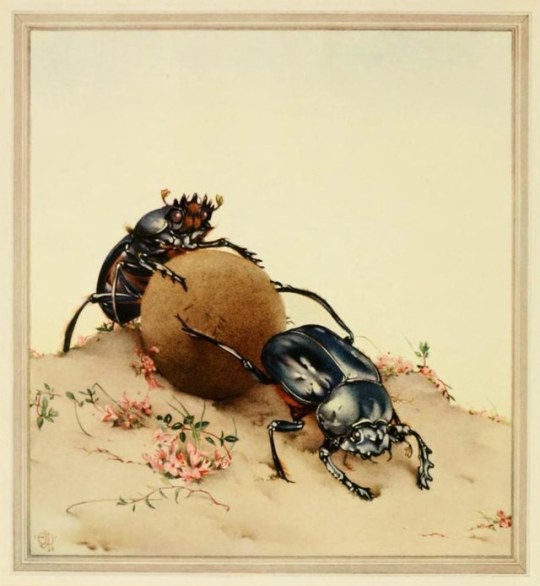
Rodolph Stawell, Fabre’s Book of Insects: retold from Alexander Teixeira de Mattos’ translation of Fabre’s “Souvenirs entomologiques” (New York: Dodd, Mead and company, 1921)
E. J. Detmold, The Sacred Beetle, 1921
36 notes
·
View notes
Photo
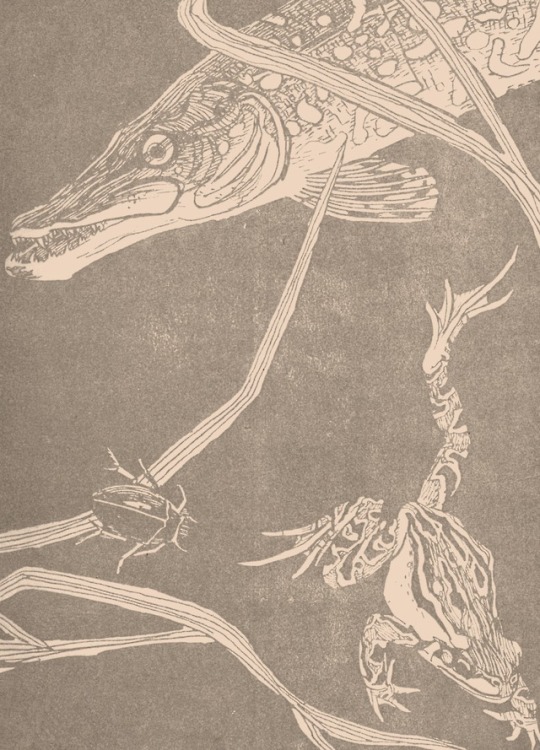
The pond - Carl Ewald and Alexander Teixeira de Mattos - 1922 - via Internet Archive
275 notes
·
View notes
Photo

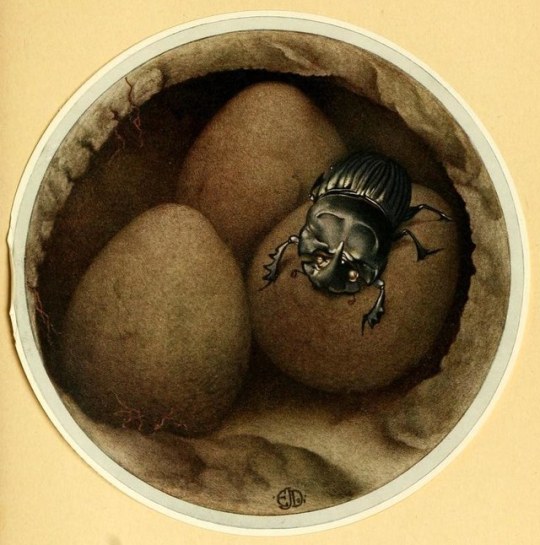
E. J. Detmold, “The Sacred Beetle” y “The Spanish Copris”, en Rodolph Stawell, Fabre’s Book of Insects: retold from Alexander Teixeira de Mattos’ translation of Fabre’s “Souvenirs entomologiques”, Dodd, Mead and Company, Nueva York, 1921.
6 notes
·
View notes